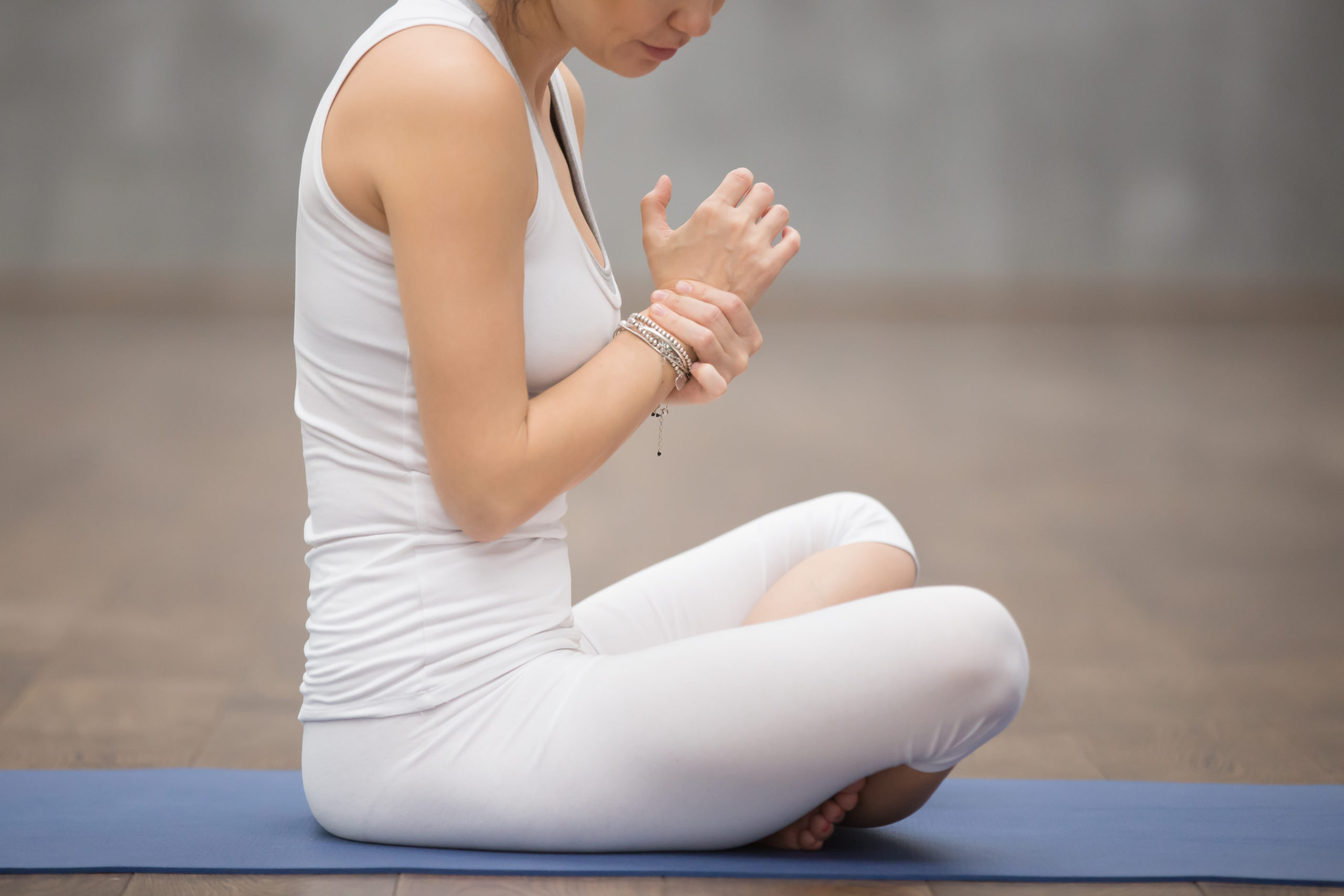
Managing a dislocated wrist


 Here we take a look at managing a dislocated wrist, including common causes and treatments, and some simple exercises you can do at home.
Here we take a look at managing a dislocated wrist, including common causes and treatments, and some simple exercises you can do at home.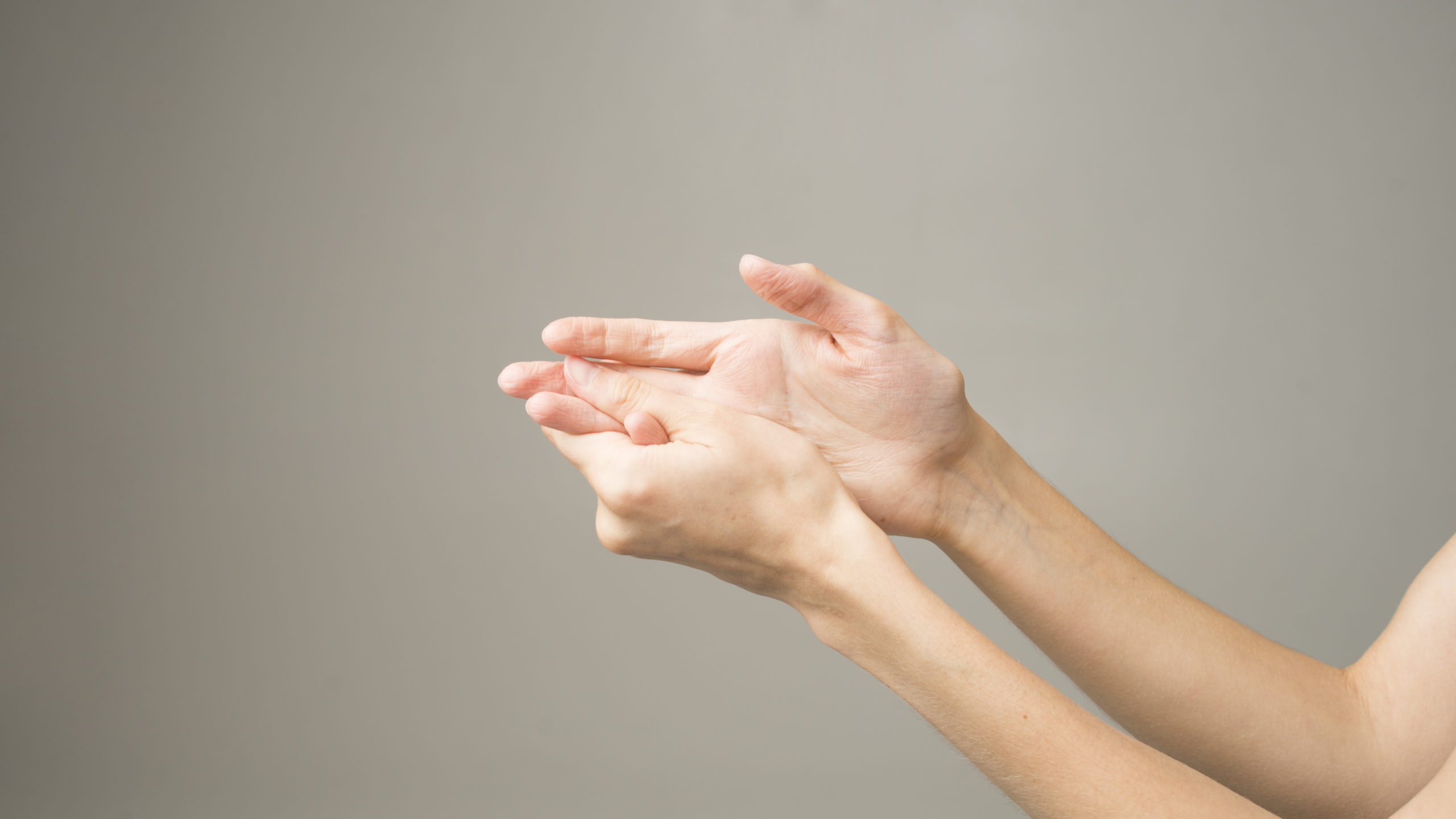
 Here we take a look at managing a dislocated finger including common causes for dislocation, prevention, common treatments and some simple exercises you can do at home.
Here we take a look at managing a dislocated finger including common causes for dislocation, prevention, common treatments and some simple exercises you can do at home.
 Why do I need to do arm exercises?
Why do I need to do arm exercises?
After an injury to your arm, such as a broken wrist, it is important to maintain movement of other joints so they do not become painful and stiff. All exercise regimes are tailored individually to ensure they are appropriate for the injury and needs of the patient.

 Here are a few examples of tendon gliding, blocking and strengthening finger exercises to do at home. If you have any questions or would like to discuss a finger injury, please don’t hesitate to give us a call.
Here are a few examples of tendon gliding, blocking and strengthening finger exercises to do at home. If you have any questions or would like to discuss a finger injury, please don’t hesitate to give us a call.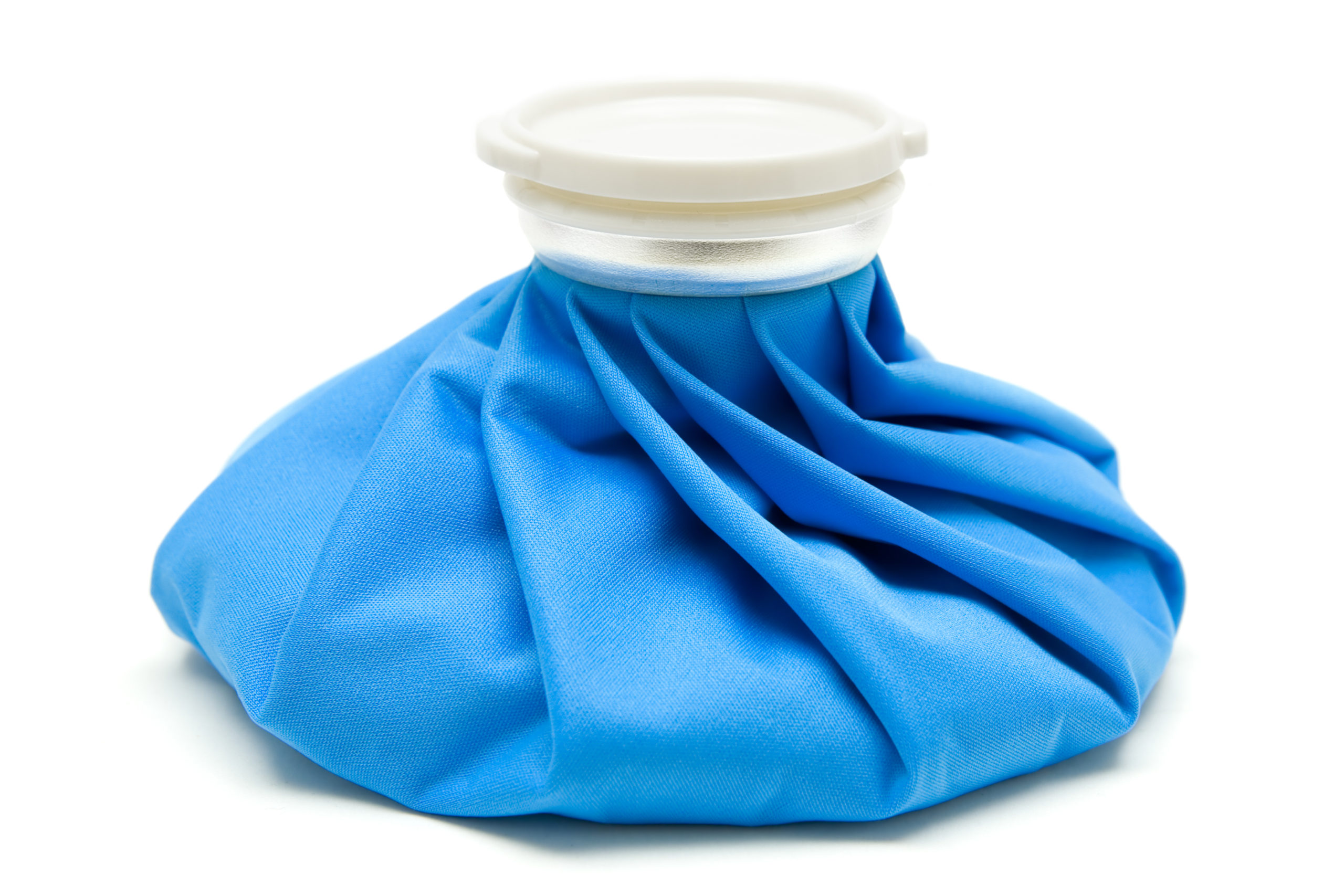
 Swelling of the hand or wrist can cause pain, and reduce function and movement. Here is a helpful guide to managing swelling after an injury.
Swelling of the hand or wrist can cause pain, and reduce function and movement. Here is a helpful guide to managing swelling after an injury.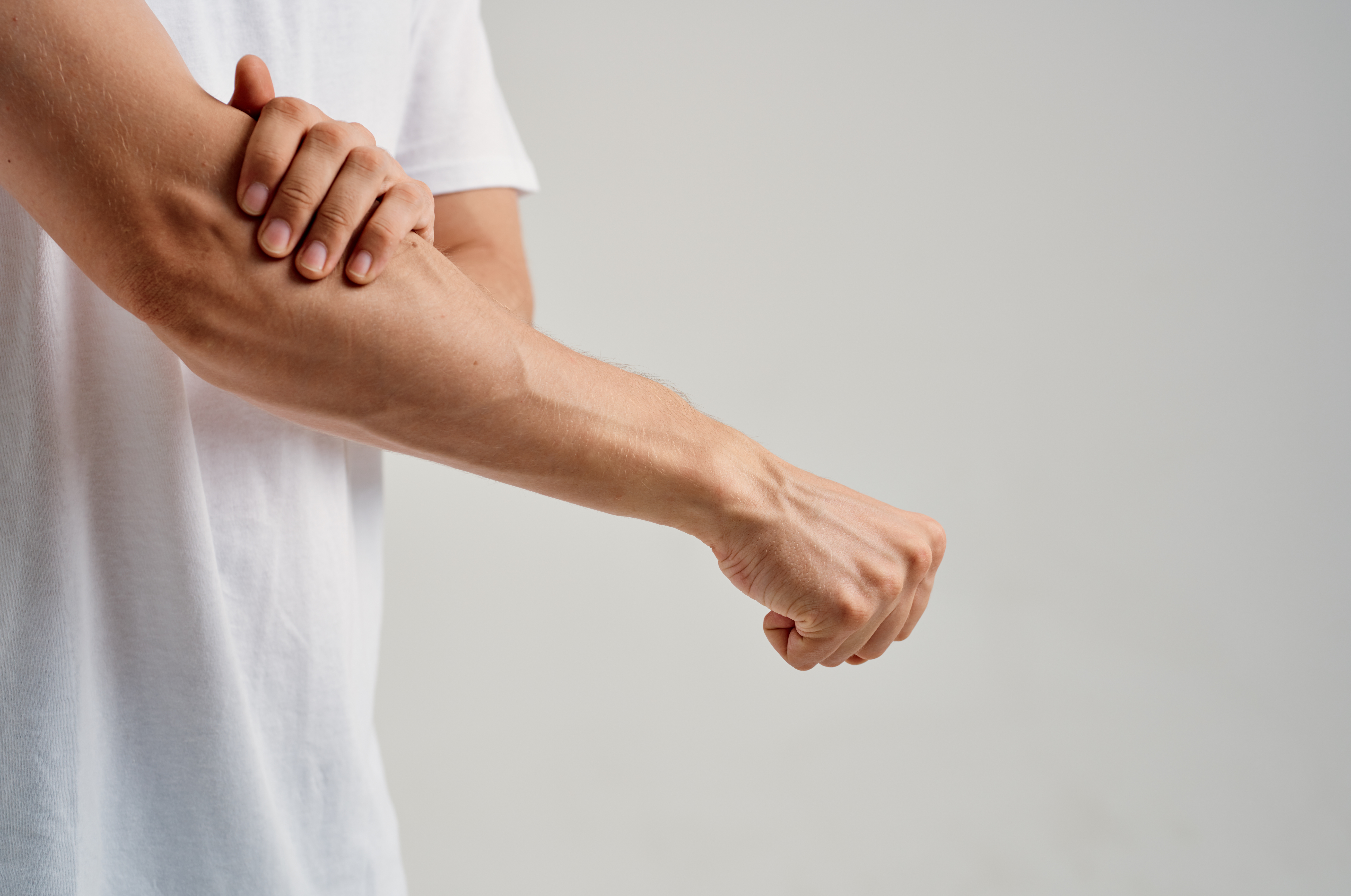

The radial head is the end of the radius bone at your elbow. Together the radial head, the ulnar and the humerus bones form the elbow joint, allowing flexion and extension of the elbow and rotation of the forearm.
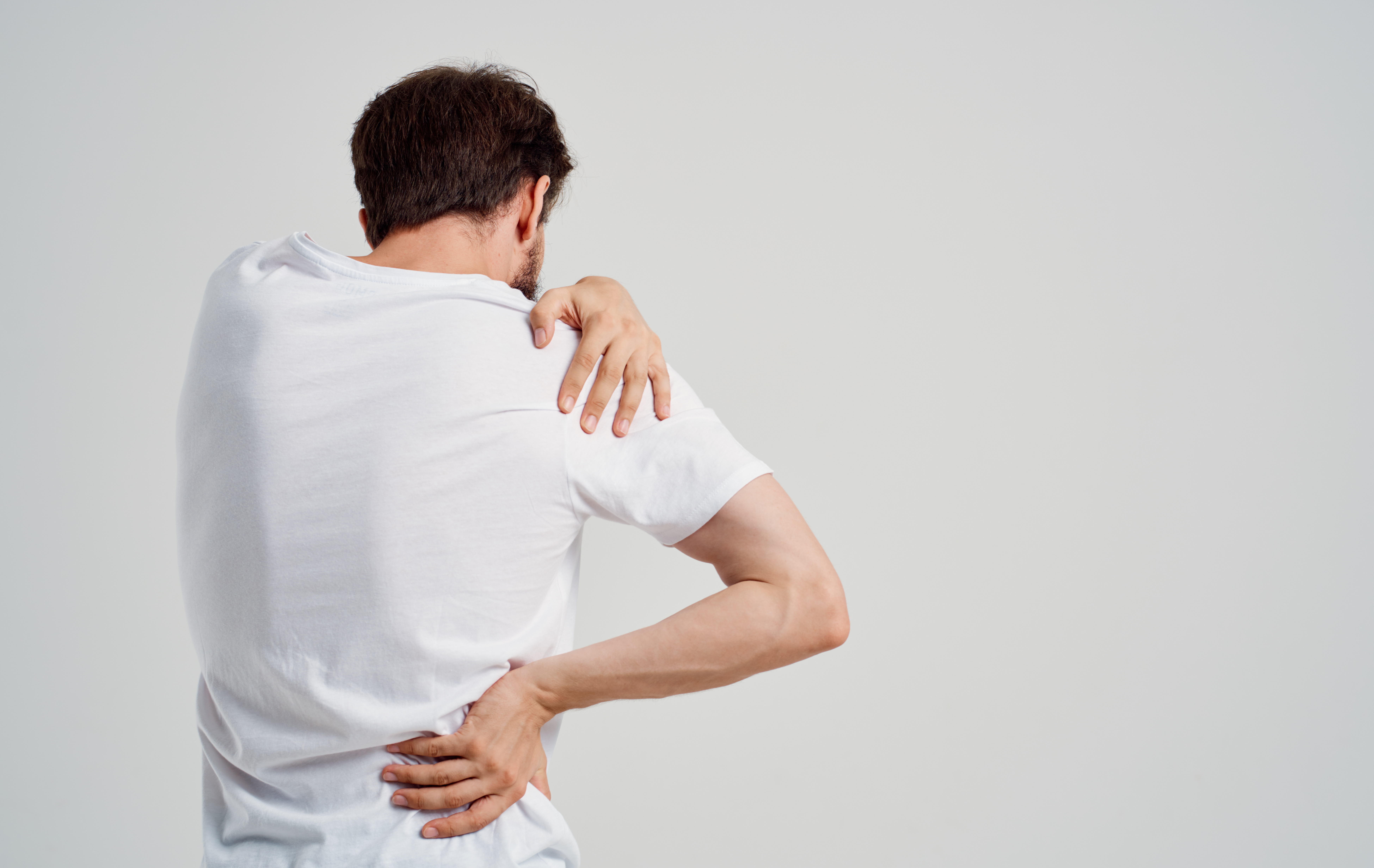
 Here are a few examples of range of motion and isometric strengthening shoulder exercises to do at home. If you have any questions or would like to discuss a shoulder injury, don’t hesitate to give us a call.
Here are a few examples of range of motion and isometric strengthening shoulder exercises to do at home. If you have any questions or would like to discuss a shoulder injury, don’t hesitate to give us a call.
 What is a wrist dislocation?
What is a wrist dislocation?The wrist is made up of 8 small carpal bones articulating with the distal radius and ulnar bones, along with numerous ligaments and a cartilage wedge known as the TFCC (triangular fibrocartilage complex).

 Here we run through three different sets of elbow exercises to help improve strength & mobility. If you have any questions please feel free to get in touch!
Here we run through three different sets of elbow exercises to help improve strength & mobility. If you have any questions please feel free to get in touch!
 Here we take a look at three simple techniques to help reduce scarring after recovering from a wound on the hand.
Here we take a look at three simple techniques to help reduce scarring after recovering from a wound on the hand.